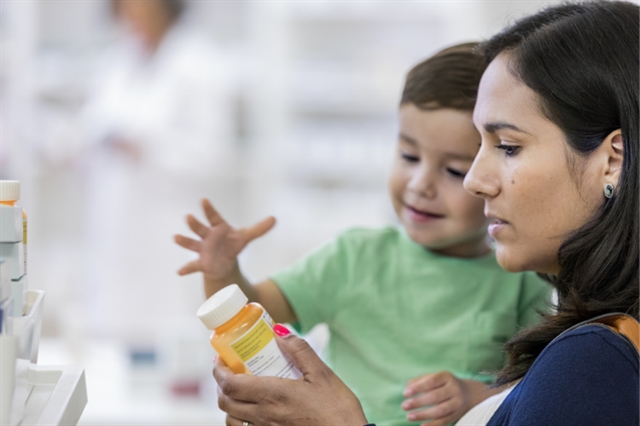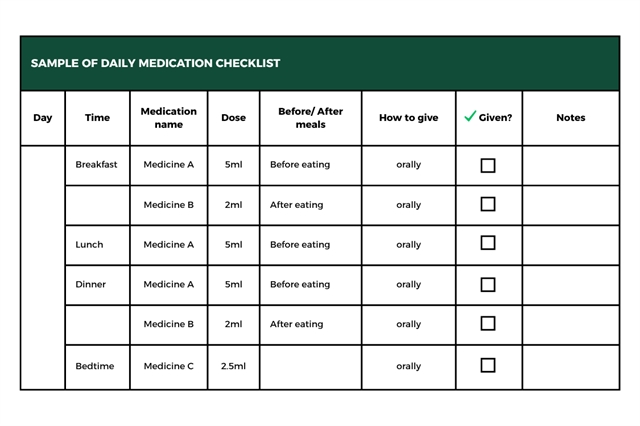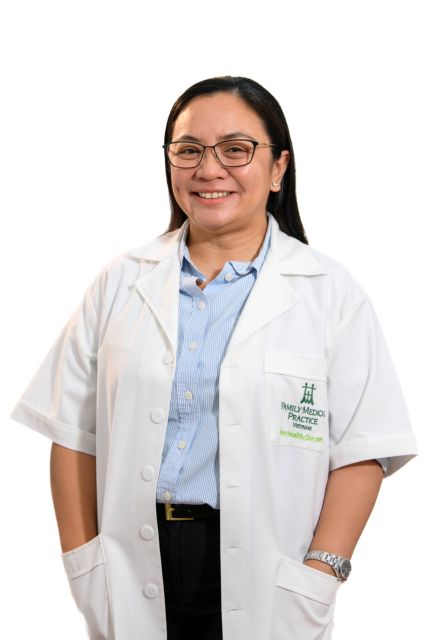How to give medicine to children safely and effectively: Learn 5 tips to reduce stress, increase cooperation, and ensure your child takes medicine correctly every time..
Dr Maria Santos*
Caring for a sick child can be challenging, especially when it comes to managing multiple medications. After a doctor’s visit, parents often return home with several prescriptions, each with different instructions, dosages and schedules.
Knowing how to give medicine to children correctly is key to helping your child recover quickly and safely. Here’s a simple guide to help you safely and confidently give your child the medications they need.

Double checking the medication name and instructions is an essential step in giving medicine to children safely. — Photo canvas.com
The four 'rights' of medication
To avoid common errors and keep your child safe, remember the four 'rights' when giving medicine. These core principles can help you stay organised and ensure that each medication is used properly.
1. Right medication
2. Right dose
-
Ensure you are giving the correct amount.
-
Use the measuring tool that comes with the medication, such as a syringe, dropper or measuring cup. Never guess the dose or use kitchen spoons, which can vary in size and lead to incorrect amounts.
3. Right time
-
Give the medication at the correct time of day as prescribed.
-
Be aware of instructions related to meals (e.g., before or after eating).
-
Keep track of how long your child should take the medicine.
4. Right way
Understand how the medication should be administered:
Helpful tips for managing medications
-
Create a medication schedule: Write down what to give and when. This helps avoid missed or double doses, especially if more than one person is giving the medications.
-
Keep a record: Mark off each dose as soon as it’s given. This is especially helpful if more than one person is responsible for giving medication.
-
Watch for side effects: Stop the medication and contact your doctor if you notice any unusual symptoms.
-
Ask about alternatives: If your child refuses or struggles with medication, ask your doctor if there are alternative forms or options.
Daily medication checklist

An example of a daily checklist showing how to give medicine to children correctly, including timing, dosage and method of administration. — Photo canvas.com
A daily checklist showing how to give medicine to children correctly, including timing, dosage and method of administration can be very useful.
You can print multiple copies of this table to use over several days. You can also change the time columns to AM/PM or specific times (e.g., 6am / 6pm) to suit your child’s routine.
Using a chart like this simplifies how to give medicine to children and avoids confusion.
Don’t hesitate to ask
If anything is unclear about the medications your child has been prescribed, don’t be afraid to ask your doctor or pharmacist. Your questions are important and can help keep your child safe and on the road to recovery. – Family Medical Practice

Dr Maria Santos — Photo courtesy of Family Medical Practice
*Dr Maria Santos is a General Paediatrician at Family Medical Practice Hanoi, with years of experience caring for children in both school and hospital settings. Originally from the Philippines, she is fluent in English and Filipino, and is well regarded for her gentle approach and ability to connect with both children and parents.
FMP Healthcare Group operates medical centres in major cities including HCM City, Hà Nội and Đà Nẵng, offering consultations with international doctors, check-up centres and emergency ambulance services.
Visit FMP Hà Nội 24/7 at 298I Kim Mã, Ba Đình, Hà Nội.
To book an appointment, please call (024).3843.0748, chat via Whatsapp, Viber or Zalo on +84.944.43.1919 or email hanoi@vietnammedicalpractice.com.